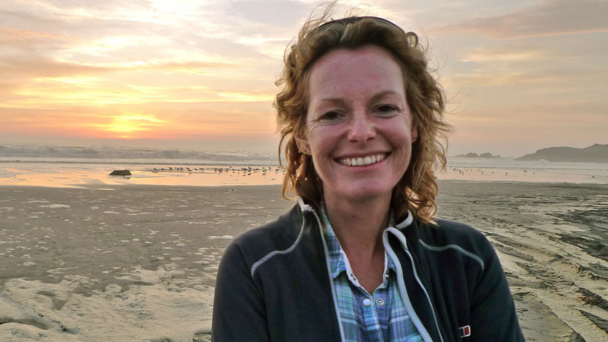Ticks are small, blood sucking arthropods related to spiders, mites and scorpions. There are many different species living in the UK, each preferring to feed on the blood of different animal hosts, some will also feed on human blood. Ticks feed on just about any bird or mammal and some reptiles too.
As ticks can survive and thrive in most places they can be found in both rural and urban locations, but they prefer slightly moist and shady areas such as woody, grassy and bushy settings.
Ticks can carry many diseases (more than any other invertebrate host) such as Lyme disease which they pick up from mice, voles, squirrels, blackbirds, pheasants or seabirds, which all carry the diseases naturally. This is why it's essential to keep them off you and your pet. If an infected tick bites you, it may transfer one or more of the diseases into your bloodstream. Therefore you should check your pet for ticks daily especially after going on a walk outdoors.
The ticks bite itself is totally painless and most people will only know they have been bitten if they become aware of a feeding adult tick attached to them. Ticks can attach anywhere on your body, so you should check all over, especially armpits, groin, navel, neck and head.
Ticks are most active from April to October, however during warm winters and in certain areas of Britain, ticks ‘quest’ for blood throughout the whole year. Our friends at Bob Martin recommends using FleaClear Spot On all year round to give your dog the best protection against fleas and ticks. The treatment of fleas and ticks often goes hand in hand and this product will protect your dog from fleas for up to 8 weeks and from ticks up to 4 weeks.
If you find a tick on yourself or your pet you should remove it as soon as possible. Ticks are tiny black/brown/reddish arachnids (they have eight legs), about the size of a pin head. If they have attached themselves to their host (you or your pet) they swell up (to the size of a grape in some cases!). It is also unpleasant if ticks are not dealt with before they fully engorge and detach: if a female tick detaches in the home after feeding, she can hide away and lay hundreds of eggs.
 |
| Photo - dogguide.net |
Top tip: feel your pet all over, especially around the neck, head and ears. If you encounter a lump like a small pea, move the fur on your pet to see if you have found a tick.

There are a number of precautions you can take to avoid ticks:
- You should check your pet for ticks daily if they spend a lot of time outdoors, especially if you live in an area known for ticks
- When walking your dog wear shoes rather than sandals and tuck long trousers into socks
- Walk in the middle of paths and check yourself and your pet after sitting on logs or leaning against tree trunks
- As ticks are more easily seen on white or light-coloured clothing, use light-coloured blankets for picnics
- It is possible for you or your pet to bring ticks into your home. Consider spraying your home with an effective anti-tick pesticide like Bob Martin Home Flea Fogger Plus or Bob Martin Home Flea Spray
- Use Bob Martin FleaClear Spot On for Dogs to prevent and kill fleas and ticks on dogs for up to eight weeks, safely and effectively without the need for a stressful trip to the vets
Should you find one, here are some top tips on how to remove a tick from either yourself or your pet: If you have them, put on latex gloves to avoid direct contact with the tick and contaminated skin, as diseases can be transmitted from tick to pet to human. Put your pet in a comfortable position. Ask a friend or family member for help in distracting your pet.
- Grasp the tick with tweezers as close to your/your pet's skin as possible (make sure not to pinch your pet's skin) – do not use your finger nails to remove a tick as infection can enter via any breaks in your skin


- Pull the tick upwards and outwards using a straight, steady pulling motion – there may be considerable resistance. The aim is to remove all parts of the tick’s body whilst preventing it releasing additional saliva or regurgitating its stomachs contents into the bite wound
- Be gentle; pulling too hard on the tick can cause its head to remain lodged in your/your pet's skin, which can lead to inflammation and secondary infection. If you squeeze to hard the head and body may separate, leaving the head embedded in the skin
- Dispose of the tick by throwing it into a fire, or by squishing it in a tissue using the tweezers and then flushing it down the toilet. Do not crush it with your foot or bare hands as this may cause it to regurgitate its infected stomach contents into the bite wound
- Apply antiseptic ointment to the bite. Remove the gloves, and wash your hands thoroughly
- Clean the tweezers with hot water or isopropyl alcohol or by holding them over a flame
For more information on ticks along with other pet care issues please visit the Bob Martin website or if you have a question, please visit the Bob Martin Facebook page.
For more information about going out walking with your dog, visit our website.














_0_0.JPG)





